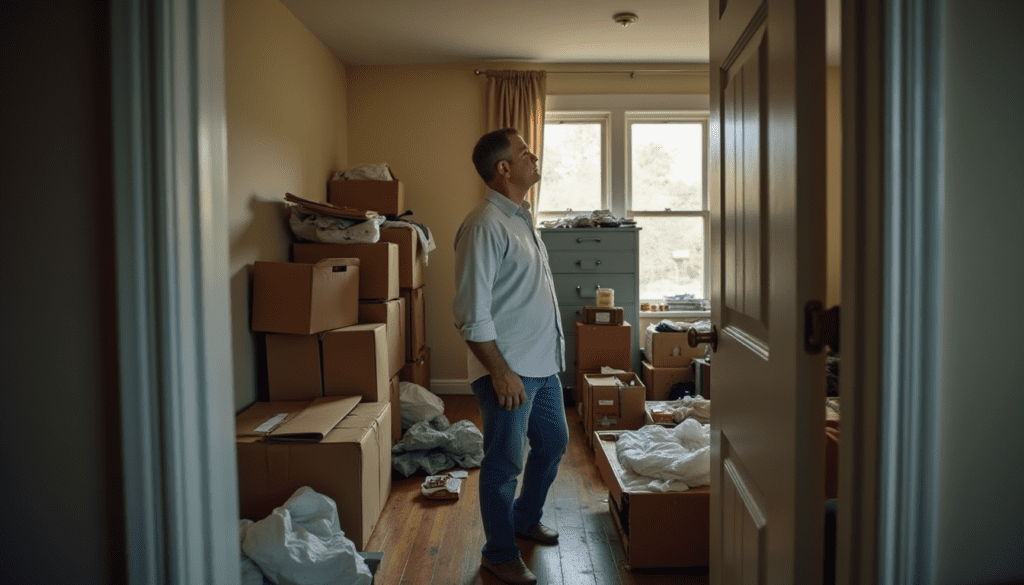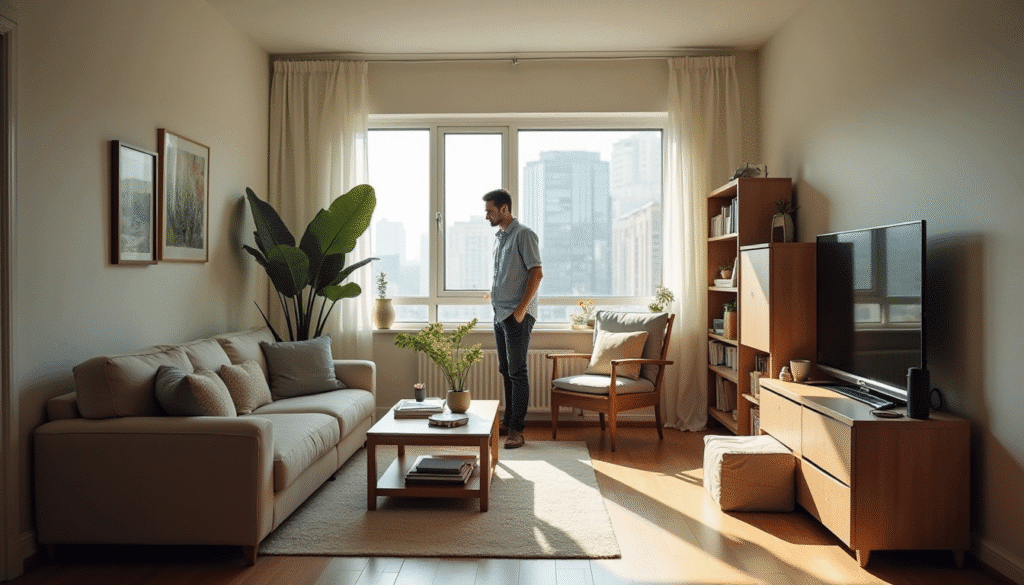As a landlord or property manager, controlling expenses is paramount to maximizing your investment returns. One of the most significant recurring expenses for rental properties is energy costs. Reducing energy consumption not only lowers utility bills but also appeals to environmentally conscious tenants, potentially increasing your property’s marketability. Here’s a comprehensive guide on how to reduce energy costs in your rental property, ensuring a win-win for both you and your tenants.
1. Conduct an Energy Audit
Before implementing any energy-saving measures, it’s essential to understand where energy is being used inefficiently. Conducting an energy audit provides a detailed analysis of your property’s energy consumption patterns. Many utility companies offer free or discounted energy audits, or you can hire a professional energy auditor.
During the audit, pay close attention to:
- Insulation levels
- HVAC system efficiency
- Window and door seals
- Lighting and appliance usage
2. Upgrade Insulation
Proper insulation is critical in maintaining a consistent indoor temperature, reducing the need for heating and cooling. Here are some key areas to focus on:
Attic Insulation
Heat rises, and without adequate attic insulation, a significant amount of heat can escape from the top of your property. Consider upgrading to high R-value insulation to enhance thermal retention.
Wall Insulation
Depending on the age of your property, wall insulation may be insufficient. Adding insulation to walls can be more challenging, but it’s a worthwhile investment, particularly in older buildings.
Floor Insulation
For properties with unheated basements or crawl spaces, insulating the floor can prevent cold air from seeping into living areas.
3. Install Energy-Efficient Windows and Doors
Windows and doors are common sources of energy loss. Upgrading to energy-efficient windows and doors can significantly reduce heating and cooling costs. Look for products with low U-values and Energy Star ratings.
Seal Gaps and Cracks
Ensure all windows and doors are properly sealed. Use weatherstripping and caulking to seal any gaps that allow air to escape.
4. Optimize Heating and Cooling Systems
Regular Maintenance
Ensure your HVAC system is regularly serviced to maintain optimal efficiency. Replace filters every 1-3 months and have a professional inspection annually.
Programmable Thermostats
Installing programmable thermostats allows tenants to set heating and cooling schedules, reducing energy usage when the property is unoccupied.
Upgrade HVAC Systems
If your HVAC system is outdated, consider upgrading to a more energy-efficient model. Look for systems with high SEER (Seasonal Energy Efficiency Ratio) ratings for air conditioners and high AFUE (Annual Fuel Utilization Efficiency) ratings for furnaces.
5. Use Energy-Efficient Lighting
Lighting accounts for a significant portion of energy costs. Switching to energy-efficient lighting options can make a noticeable difference.
LED Bulbs
LED bulbs use up to 80% less energy than traditional incandescent bulbs and last significantly longer. Encourage tenants to use LED bulbs throughout the property.
Motion Sensors and Timers
Install motion sensors and timers in common areas, such as hallways and exterior lighting, to ensure lights are only on when needed.
6. Install Solar Panels
Solar panels can drastically reduce energy costs by harnessing renewable energy. While the initial investment is substantial, many governments offer incentives and rebates that can offset the cost. Over time, solar panels can pay for themselves through energy savings and increased property value.
7. Water Heating Efficiency
Water heating is another major energy expense. Consider these upgrades to improve efficiency:
Tankless Water Heaters
Tankless water heaters provide hot water on demand, reducing the energy wasted by constantly heating water in a tank.
Insulate Water Heaters and Pipes
Insulating your water heater and pipes can reduce heat loss, allowing water to stay hotter for longer periods without additional energy consumption.
8. Encourage Tenant Participation
Your efforts to reduce energy costs will be more effective if tenants are on board. Here are some ways to encourage tenant participation:
Provide Education
Educate tenants about the benefits of energy conservation and how they can contribute. Simple actions, such as turning off lights when not in use and adjusting thermostats, can make a big difference.
Incentivize Energy Savings
Consider offering incentives for tenants who actively participate in energy-saving practices. For example, you could offer a small rent discount for consistently low utility bills.
9. Utilize Smart Home Technology
Smart home technology can help monitor and reduce energy consumption. Consider investing in:
Smart Thermostats
Smart thermostats learn tenants’ schedules and adjust temperatures accordingly, optimizing energy use.
Smart Plugs
Smart plugs can control energy usage of connected devices, turning them off when not in use.
Energy Monitoring Systems
Energy monitoring systems provide real-time data on energy consumption, helping identify areas where energy is being wasted.
10. Landscape for Energy Efficiency
The landscaping around your property can also impact energy costs. Here are some tips to make your landscaping more energy-efficient:
Plant Trees and Shrubs
Strategically planting trees and shrubs can provide shade in the summer, reducing cooling costs, and act as windbreaks in the winter, reducing heating costs.
Use Energy-Efficient Landscaping Materials
Choose landscaping materials that reflect rather than absorb heat, such as light-colored paving and gravel.
Conclusion
Reducing energy costs in your rental property is a multifaceted approach that involves initial investments but leads to long-term savings and increased tenant satisfaction. By conducting an energy audit, upgrading insulation, installing energy-efficient windows and doors, optimizing heating and cooling systems, using energy-efficient lighting, installing solar panels, improving water heating efficiency, encouraging tenant participation, utilizing smart home technology, and landscaping for energy efficiency, you can significantly lower your energy costs. Not only will these measures improve your bottom line, but they also contribute to a more sustainable future, making your rental property a more attractive option for environmentally conscious tenants.
Implement these strategies and watch as your energy bills decrease, your property’s value increases, and your tenants become happier with their living environment.






